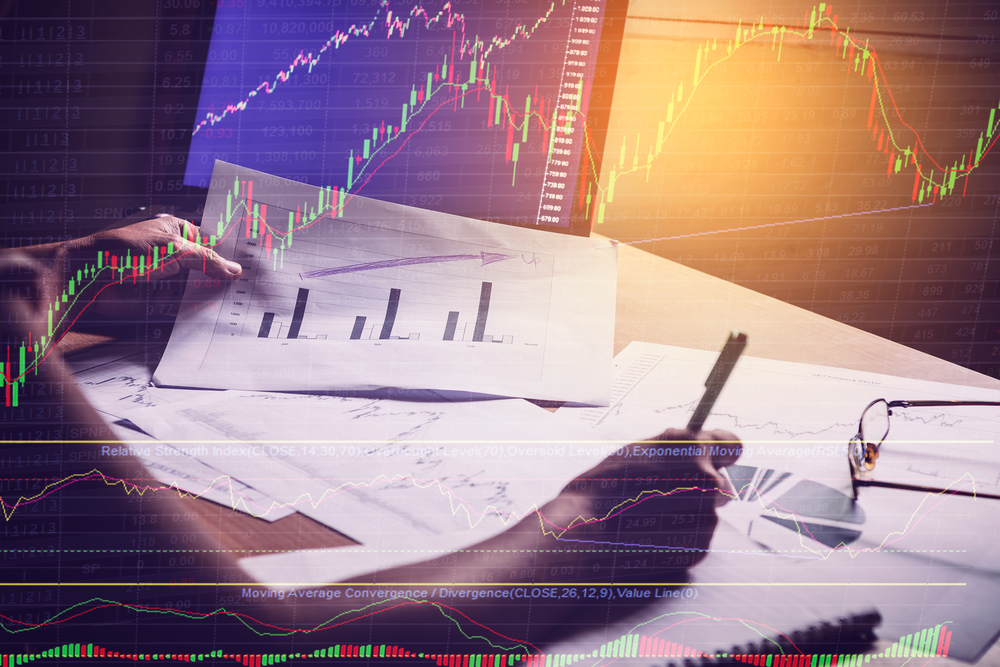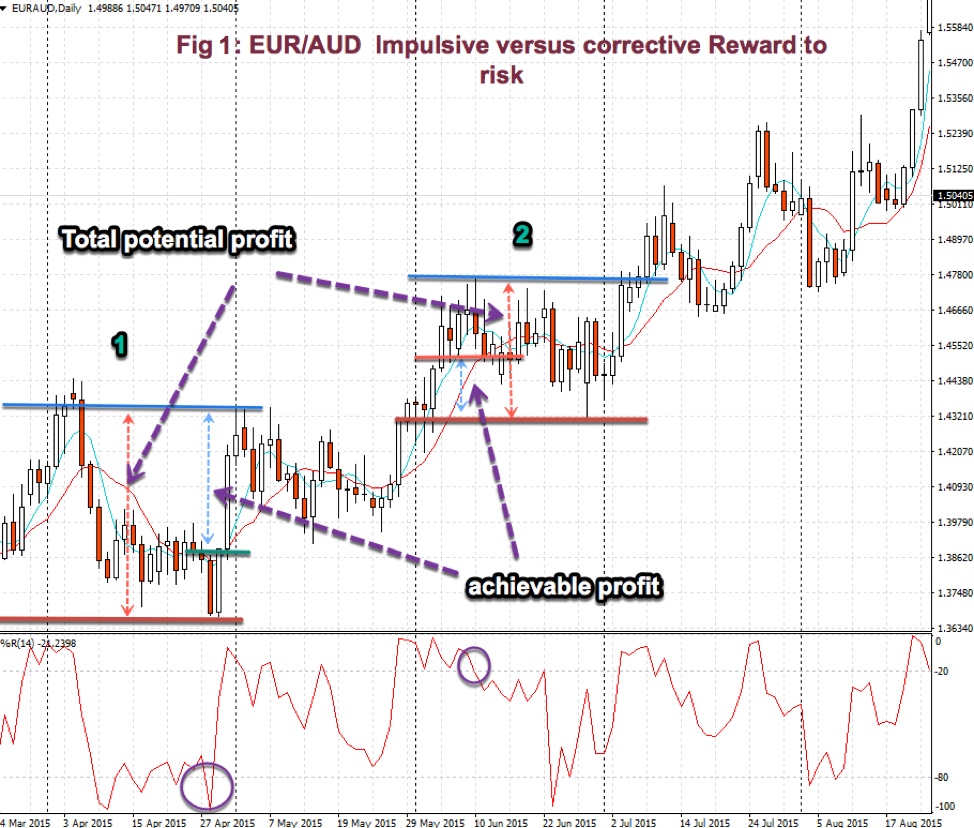On Market Types and the Tools of the Trade II, we will talk about corrective waves
Phases of a bearish trend
Corrective markets
In stock and futures markets, there is a marked asymmetry between bull and bear markets. Bulls being orderly and, usually, less volatile, except at its beginning, while its ending depicts exuberance and extremely positive expectations. Conversely, bear markets depict much higher volatility, together with fast, bear-trap rallies.
Sell-offs drives prices down much faster than when they are rising. Bear markets tend to be short and fast, losing between 20 to 70% of its value. Stocks may lose up to 95% of its value, as it happened to several tech stocks back in 2000 or bank stocks in 2008.
Currency pairs, by its own nature -currency prices moving against each other- make bull and bear phases symmetrical. The discussion above may have been the same if we swap the pair. So A bearish trend in a currency pair has identical phases because it’s just a bullish trend looked from the short side.
Reward ratios on Impulsive and corrective waves
What is important to be aware of, is that the impulsive pattern, be it up or down, is the one where we could make more profits with reasonable reward to risk ratios, and the corrective leg (2), a product of the selling phase, is harder to trade and presents poorer rewards.
Reward to risk ratios on impulsive and corrective waves
Fig 1 shows this behaviour. We may discover that the Reward to risk on an impulsive phase (1) is much higher than on a reactive leg (2) when traded to the short side.
On an impulsive leg, the potential reward is more than 2x its risk; while to the short side, on a corrective phase, it’s less than one, even in case of the ideal profit taking at the lowest low of the channel.
This is a good example of why we should never fight the trend. Instead, we might use a corrective phase to add to a position or entering near support, that is, near the bottom of the channel.
Upside down, this example applies to a bear trend. Here, the impulsive leg, of course, is downward.
There are trends where the channel is wider and both phases impulsive and corrective are similarly profitable, but those cases are similar to a sideways market, so the same kind of strategies apples there.
Take your trading to the next level with our 14 Day, No Obligation, Free Trial. You will soon discover why we are trading’s best-kept secret. We are successfully building the world’s largest group of profitable traders and would like you to be part of it.
You can join for as little as $19.99 per month, no contract, cancel anytime. Just one profitable trade month covers this amount, the rest is pure profit. You will benefit from unparalleled access to our professional traders, our transparent trading performance, our LiveTradeRooms and access to the most comprehensive trading education on the market. What have you got to lose? JUST CLICK HERE TO GET STARTED NOW and see how real money is made!


